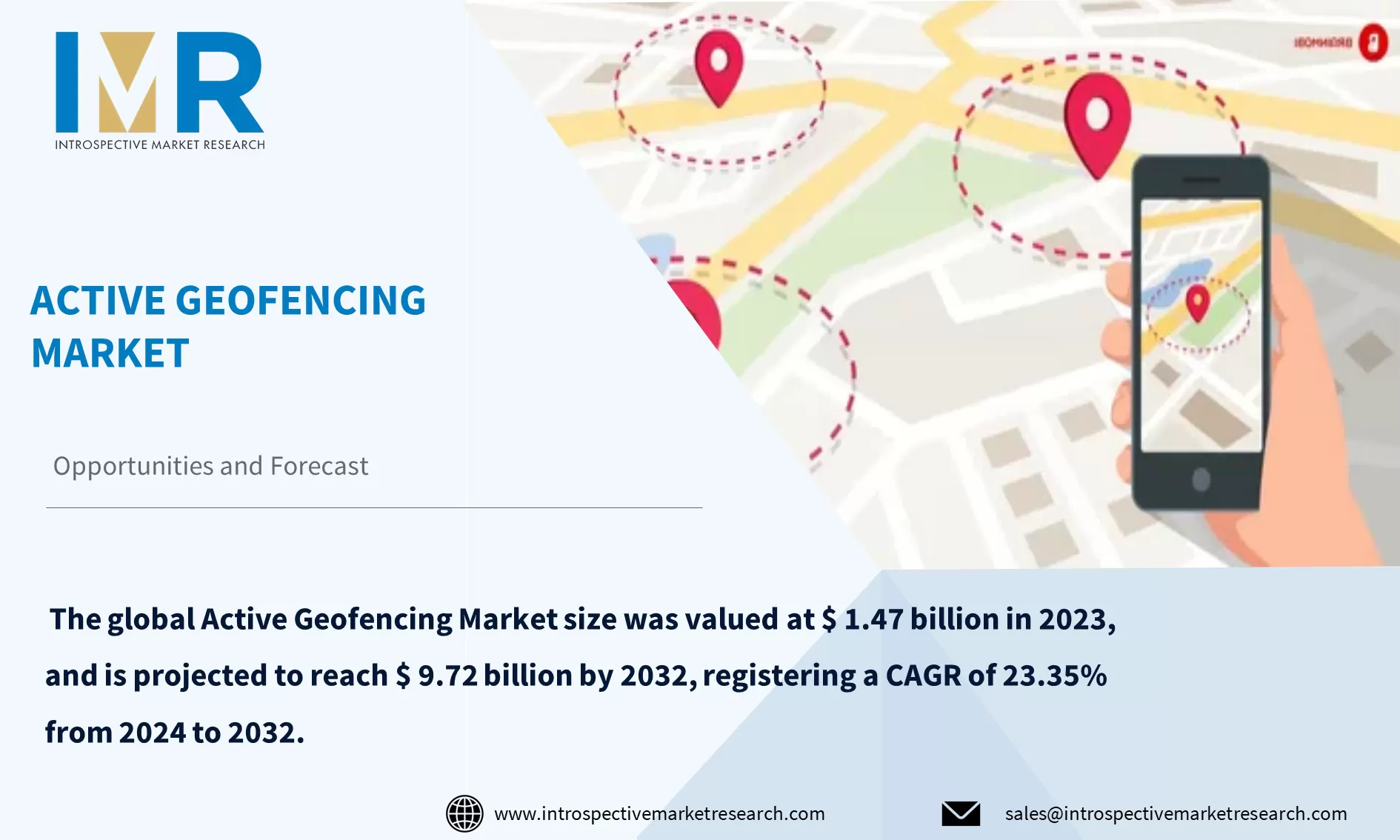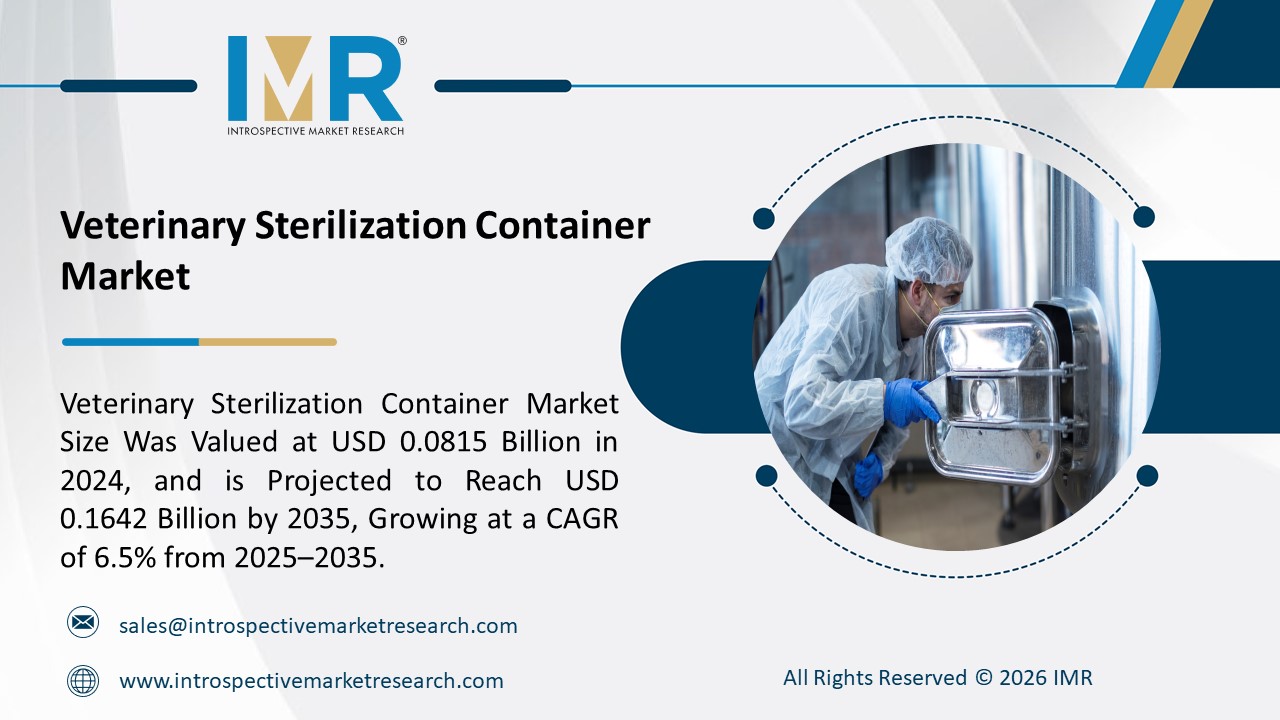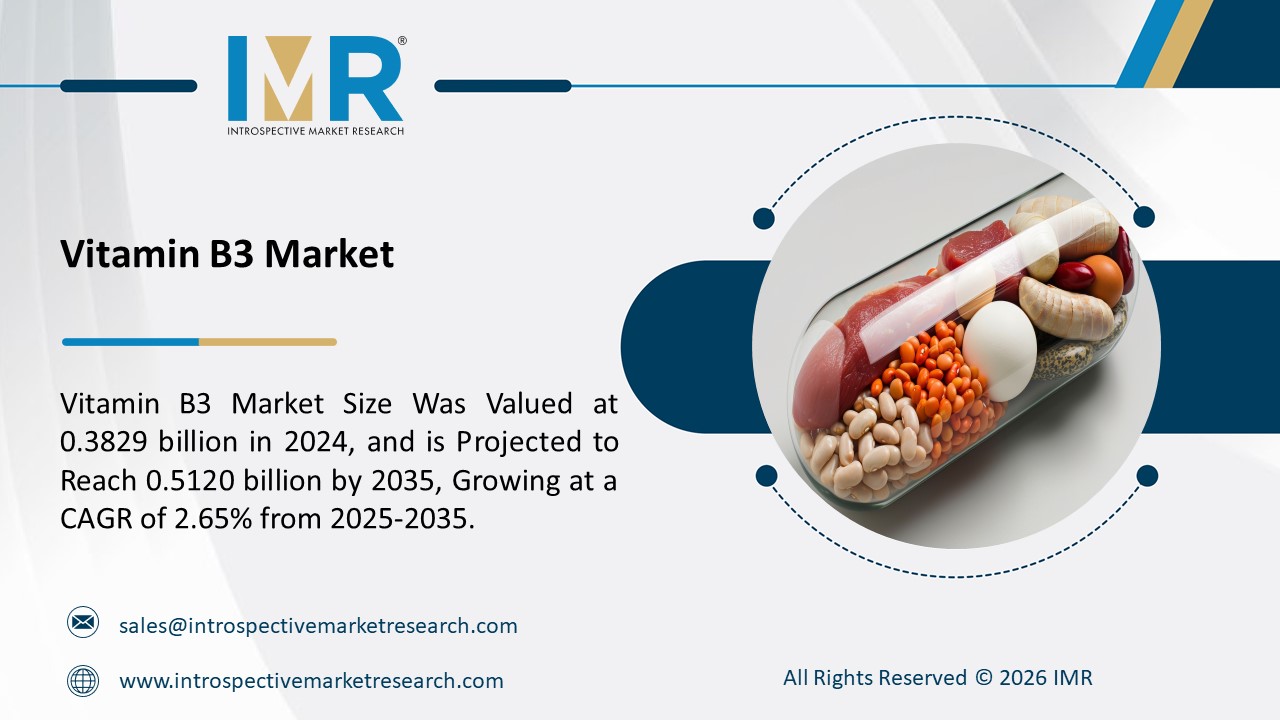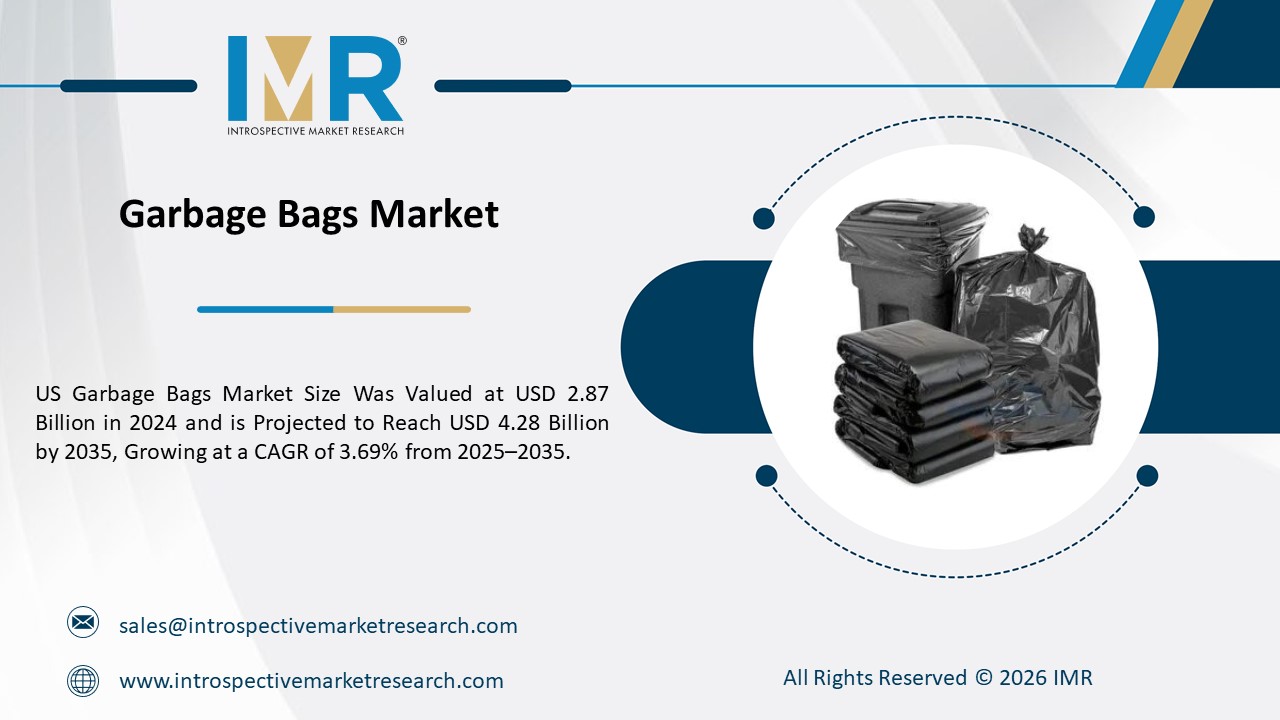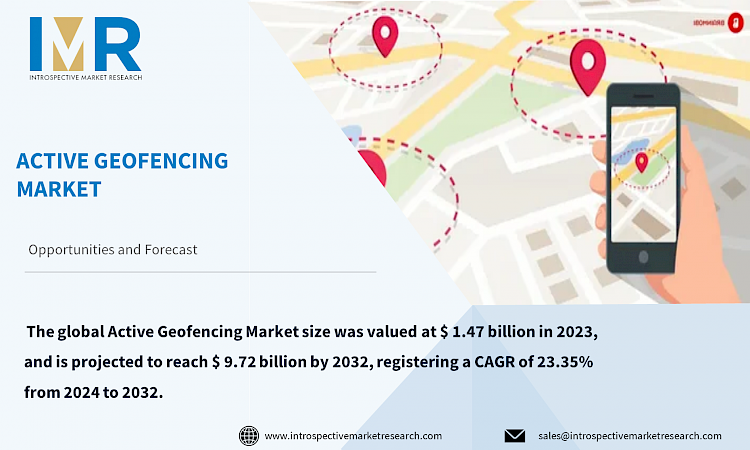
According to a new report published by Introspective Market Research, titled, ?Active Geofencing Market by Geofencing Type, Component, End User Industry, and Region: Global Opportunity Analysis and Industry Forecast, 2024?2032
Active Geofencing Market size was valued at $ 1.47 billion in 2023, and is projected to reach $ 9.72 billion by 2032, registering a CAGR of 23.35% from 2024 to 2032.
A digital boundary created around a deliberate geographic region for the usage of GPS generation is known as a geofence. Once the digital fence is set up, the software may be customized to move the device when the device enters, exits, or stays in a defined location. These capabilities can vary from sending area-based aggregate notifications to monitoring movement in a specific location, developing unlimited capabilities to personalized contextual messages. In a global where personalized consumer experience is principal to customer engagement and retention, geofencing has been tested to be beneficial. By growing a non-stop bridge among physical and virtual geographical regions, geofencing allows businesses to deliver highly targeted and contextual insights.
The improvement of the Geofencing technology is intently related to the development of mobile operating systems, mainly iOS and Android. Both systems have advanced their geofencing competencies over time, improving accuracy, ordinary battery performance, and privacy.
Geofence marketing becomes more effective when it seamlessly integrates with advertising and marketing channels. In recent years, there has been a noticeably stronger integration between geofencing and social media advertising, search engine advertising (SEM), influencer advertising, and more. Using these channels, companies create cohesive and effective campaigns that effectively reach their target market through various online platforms. For example, Geofence advertising has seamlessly integrated social media marketing structures with Facebook, Instagram, Twitter, and many others. By integrating geofencing advertising and marketing into various virtual advertising channels, agencies create cohesive and effective campaigns that successfully reach their target market on more than one network system. This integration ensures that marketing efforts are more personalized, relevant, and timed, ultimately increasing engagement, results, and ROI.
VR and AR technology provide an immersive experience that can be seamlessly integrated into geofencing advertising campaigns. Companies can use AR to create virtual environments or share virtual content in the physical world, providing customers with an accurate and interactive brand experience. Integrating VR and AR with geofences allows businesses to deliver targeted notifications or ads that trigger an immersive experience when customers arrive at specific geofences. Integrating Virtual Reality (VR) and Augmented Reality (AR) into geofencing ads enables teams to create immersive, interactive, and custom logo experiences that emphasize engagement, loyalty, and follow-through. Keeping pace with the development of these new technologies is essential for organizations that need to exploit their potential and benefits and aggressive potential in today's digital environment.
Global Active Geofencing Market, Segmentation
The Active Geofencing Market is segmented based on geofencing type, component, end-user industry, and region.
Geofencing Type:
The Geofencing type segment is further classified into Fixed and Mobile. The fixed sub-segment accounted for the highest market share in 2023. The market is expected to be dominated by fixed, i.e. predefined regions. The increasing growth of the Internet of Things (IoT) and its integration with geofencing technology has accelerated continuous active geofencing applications beyond conventional use. Additionally, the multiple use of static geofences in smart cities and urban infrastructure for traffic management, public safety, and resource optimization creates favorable opportunities for market growth. In addition, increasing demand for active geofencing for smartphones along with the continuous development of mobile devices and applications provide profitable growth opportunities for the market.
Component:
The Component segment is further classified into Solutions and Services. Among these, the solutions sub-segment is anticipated to show the fastest growth by 2032. Solutions describe programs or systems that allow companies and organizations to set up, manage, and use geofences for various purposes. This software solution regularly combines area-based technology with intuitive consumer interfaces to facilitate the implementation of geofencing methods. Using a completely software-based application, developers create dynamic push notifications with photos, movies, and accompanying action buttons. This increases response speed, allowing users to go from relaxation to action instantly. Depending on the content material, direct actions are to order, purchase, respond, or make a survey.
Region:
The Active Geofencing Market in North America is projected to show the fastest growth by 2032. North America has a full-scale, large, sustainable, and well-established financial system that invests heavily in R&D and thus contributes to the development of new technology. The initiation tradition in North America is growing faster than in other regions. The growth of the North American market has contributed to the growing number of SMEs and the growth of digitization in large organizations. SMEs have the power to integrate new technology into their existing systems, while large corporations have enormous budgets for digitization. All these factors are driving the growth of the geofencing market in North America. The market in the North American region is growing mainly due to the increasing spread of smartphones, the growth of social networks and mobile marketing, and the development of 4G and 5G networks.
Some of The Leading/Active Market Players Are-
- Bluedot Innovation (US)
- IBM Corporation (US)
- Microsoft Corporation (US)
- Radar Labs Inc. (US)
- Infillion (US)
- Esri (US)
- InVisage (US)
- MAPCITE (UK)
- GeoMoby (Australia)
- Dream Orbit (India), and Other Active Players
Key Industry Developments
- In February 2023, The Schindler Group launched a pioneering partnership with technology giant Microsoft, heralding a new era in elevator technology. This collaboration aims to disrupt the industry by harnessing the power of artificial intelligence (AI) to develop state-of-the-art elevator systems.
- In January 2023, ThyssenKrupp, a global pioneer in design and technology, is proud to announce the successful launch of its advanced innovation MULTI in Germany. This innovative wireless elevator system represents a leap forward in vertical mobility and promises unprecedented spatial efficiency and design flexibility for buildings.
Key Findings of the Study
- The active geofencing market will reach USD 9.72 billion by 2032 at a CAGR of 23.35%.
- Rapid growth anticipated in software program solutions facilitating geofencing implementation.
- North America leads in growth due to a strong economy, R&D, SMEs, and digitization.

